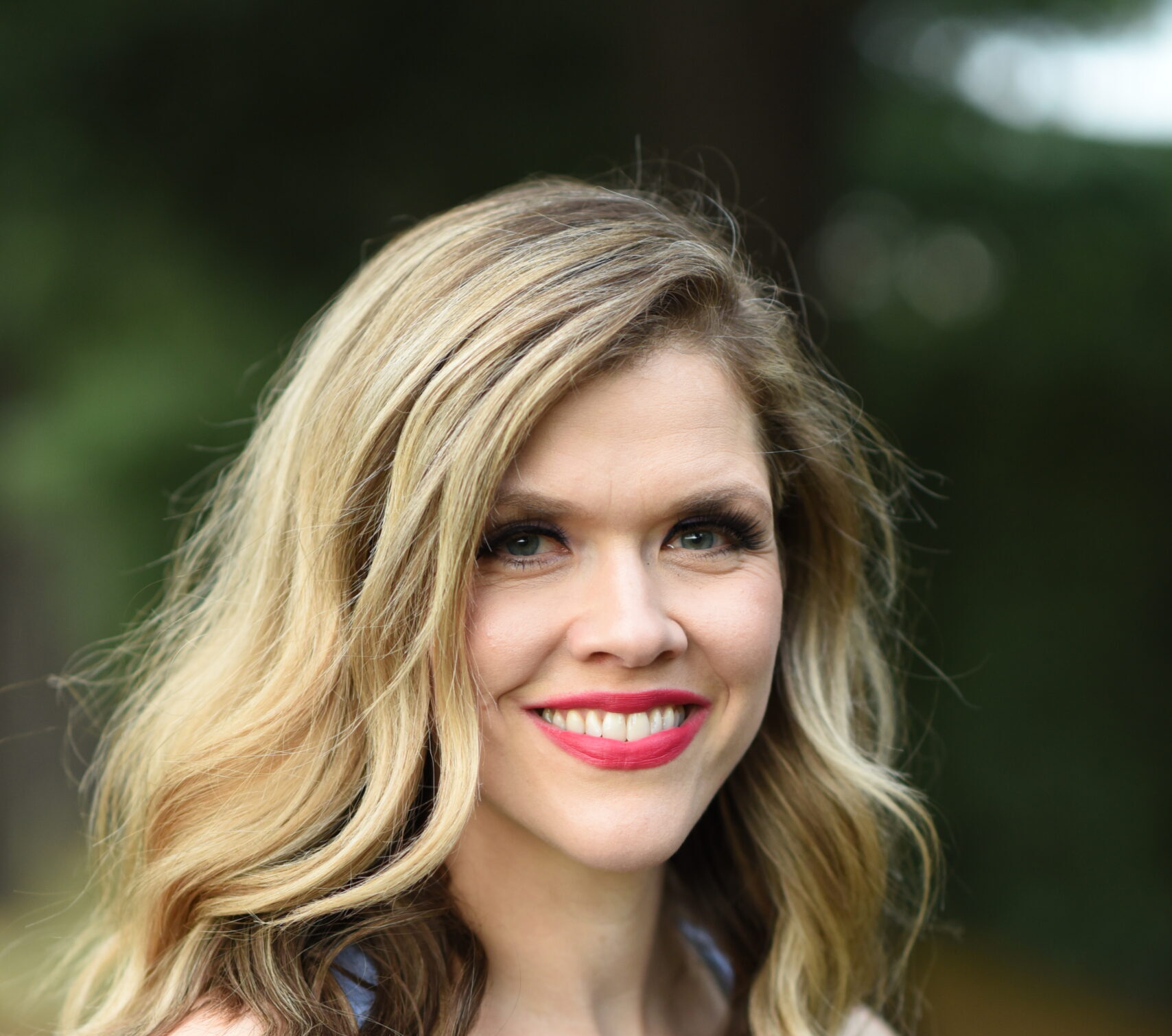I’m a big fan of Dave Ramsey (a financial guru who advocates radical things like not using a credit card and being debt free) who, as part of his program uses what’s called “Baby steps.” I think this is a brilliant concept on many levels. First, and most important, to borrow from scripture, we ought not run faster than we have strength. To apply this to healthier eating and living, we need not take on so many changes at once so as to become overwhelmed, throw up our hands and go back to our bad habits with full force. I think an all or nothing attitude contributes to a feeling of helplessness and failure. SO.. let’s talk baby steps.
Baby Step #1
The key to transitioning to a more plant-based diet or a complete plant-based diet (a vegan diet) is to slowly replace things with even better things.
For example, something that we can all do:
Snack on RAW fruits or raw veggies.
I’m not saying these be your ONLY snack forever, but for the next week, if you want a snack try opting only for fresh fruits or veges. You’ll notice the difference, trust me.
While dried fruits can be quite tasty, stay away from these if you’re trying to lose weight, and even if you’re not, only opt for these if there is no fresh fruit available. Fresh and raw is always best, but do the best you can. Maybe some of you are overwhelmed at the idea of preparing a whole vegan meal from scratch (sounds daunting, but actually quite easier than you might think), but switching your cheetos or crackers or candy bars for some strawberries or cucumber slices is a small thing that you can do which will make a big difference.
But I eat Special K bars or protein shakes, you’re saying, aren’t these good things? The answer to that is meant for another post, but in short, give it fruits and veges a try and make those your only snacks for the next week. See how you feel after a week and you’ll be sold. If you are feeling especially snacky, bean or tofu dips are great in combinations with sliced raw veges and can be quite filling. As for more filling fruits, bananas and apples are great if you’re feeling especially hungry, while citrus and berries are more of a lighter snack.
Throw out the idea that you must eat protein (code for meat, eggs, cheese) with everything that you eat, which is just plain confusing in my opinion (this idea is popular in many diets, such as the Zone).
Unless you have high triglycerides (this applies to many diabetics), fruit is a terrific snack and should IDEALLY be eaten by itself since it is quickly digested and eliminated (mixing it with other foods tends to slow down digestion). I emphasize ideally because other than for a snack or in smoothies, I like to throw berries or bananas in my cereal for breakfast with maybe a side of grapefruit or oranges. I’ve read a lot on food combining and it can get pretty complex; don’t combine protein (meat) with dairy or carbohydrates, ALWAYS eat fruit alone, for example. The natural hygienic movement is big on food combining. While there are some good principles there, I like to keep things simple. And for most people, if you can just get more fruit (which contains so many wonderful raw enzymes, antioxidants, fiber, and is comparatively low in calories and fat), who cares what you eat it with. Remember, baby steps.
Further, I don’t believe that you have to have a degree a in dietetics to make wise food choices and I also don’t believe you have to spend an inordinate amount of time calculating grams of this and that or being concerned with balancing each snack or meal.
Back to the protein with fruit concept. The idea behind this is that you eat some protein (don’t ask me what this would be, string cheese maybe?) with the fruit so it doesn’t cause an insulin spike. The wonderful thing about fruits is that they have a high amount of fiber which slows the production of insulin, preventing insulin spikes. So as long as what you are eating has a high amount of fiber (assuming it’s there naturally) such as fruit, you shouldn’t be to concerned about blood sugar spikes. If you’re concerned about blood sugar spikes stay far away from refined flours, sugars, and fats. The combination of those things are the perfect recipe for blood sugar spikes which lead to feelings of sluggishness, among other things.
Another thing, regarding portion size. Many diets really pound into the ground this idea of controlling portion sizes. In an ideal world you would never eat past the feeling of fullness (overeating), and this holds true even with a vegan diet. However, since much of what you eat, especially many citrus fruits and green vegetables contain far fewer calories that other foods, you may find yourself eating a much larger amount. This is great (as Dr. Joel Furhman says, the more fruits and veges you eat, the less your BMI/Body Mass Index will be)! Eat until you are full. This requires some self-awareness. You must pay attention to how your body responds to certain foods and then act accordingly. Many of us (myself included) were sort of taught, growing up in a culture where we are somewhat disconnected with our bodies, to think, “full? what does that mean? I just eat until all of the food is gone..” and this thought has become somewhat of a mindset for many of us. A good step away from this is to just begin to notice how you feel after you eat certain foods. Just bringing some awareness to how certain foods and meals make you feel AFTERWARDS (not during, I’m well aware how nice you feel WHILE you’re downing a double fudge sundae).
My two year old grabbing for more veges.
Sliced pears and bananas topped with a fresh peach/Acai berry sauce. One of the fastest, easiest desserts are sliced fresh fruit. Delicious AND nutritious.
My kids LOVE fresh fruits and veges. Among their favorites are sliced cucumbers, jimica, carrots, tomatoes, celery. As for fruits, they love frozen grapes or berries, watermelon and cantaloupe, oranges, strawberries, pineapple, and of course the oldie, but goodie, sliced apples.
Here are a few tips on taking this step:
1. Buy what’s in season and/or what’s on sale. Local produce is often a good way to go, but is usually limited during the colder months of the year.
2. Buy A LOT and buy in bulk, which tends to be cheaper (think Sam’s Club, Costco, which offer high quality, often organic produce at a very reasonable price). You’ll find it hard to eat up all the fruit you’ve bought, but if you replace your snacks with fruit, it will be a lot easier than you think!
3. Wash and cut up veges after you buy them. Store them in a plastic container in your fridge so they are ready to snack on whenever you have the urge.
4. Some great vege snacks:
Celery
Cucumber
Cauliflower (this is great dipped with salsa)
Red Bell Peppers
Snap peas
Zucchini slices
Carrots
Jimica (especially delicious sliced into “chips”)
(Notice I didn’t include broccoli. I can’t stand raw broccoli, it makes my tummy hurt and just doesn’t agree with my taste buds. If you like it raw, by all means, go for it.)
5. I love fruit!! It is sweet and satisfying and there are so many varieties to choose from. Better than any supplement out there, fruits are high in antioxidants and other anti-cancer agents, a good source of fiber, and a natural way to stay looking and feeling young. Another plus, fruits are easy to eat on the run. Just grab and go, the perfect snack.
Great fruit snacks include:
Grapes (delicious frozen)
Blueberries
Strawberries
Blackberries
Raspberries
Cherries
Oranges (so many varieties–among my favorites, blood oranges, which taste like a strawberry orange and Cara Cara oranges which taste like grapefruit oranges; tangelos and mandarins are also delicious)
Apples (again, a dozen varieties to choose from, Braeburn and Pink Ladys among my favorite)
Bananas
Pineapple
Mangos
Pears
Peaches
Kiwis
Nectarines
Apricots
Grapefruit
6. So go ahead, take the next step….next time you want a snack grab an orange, or a pear, or whatever fruit or vege strikes your fancy. Your body will thank you later.



Comments